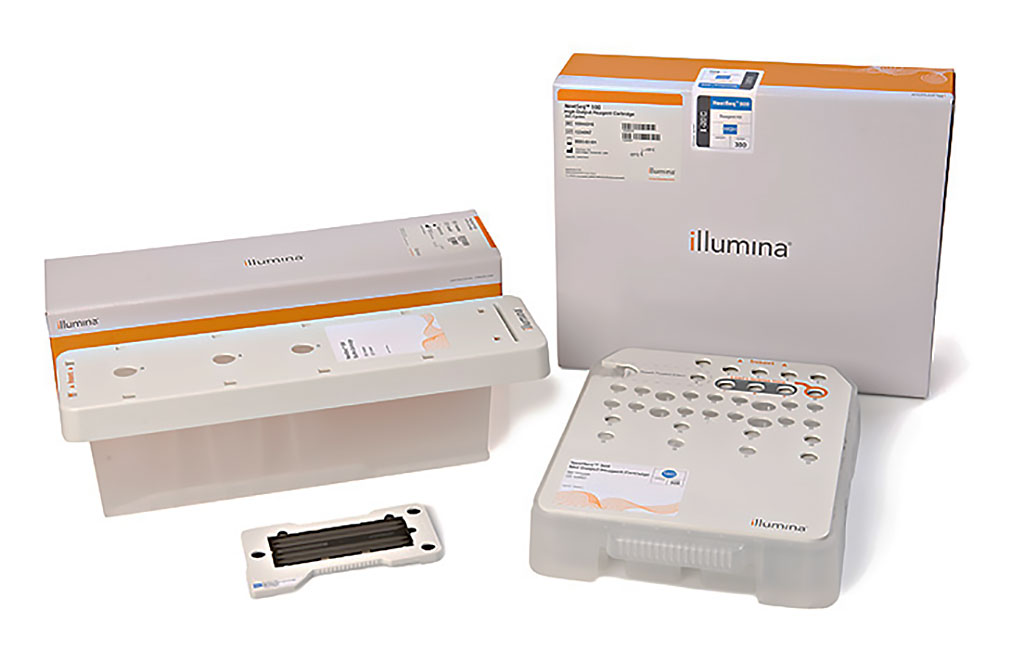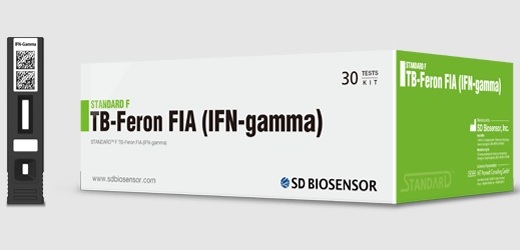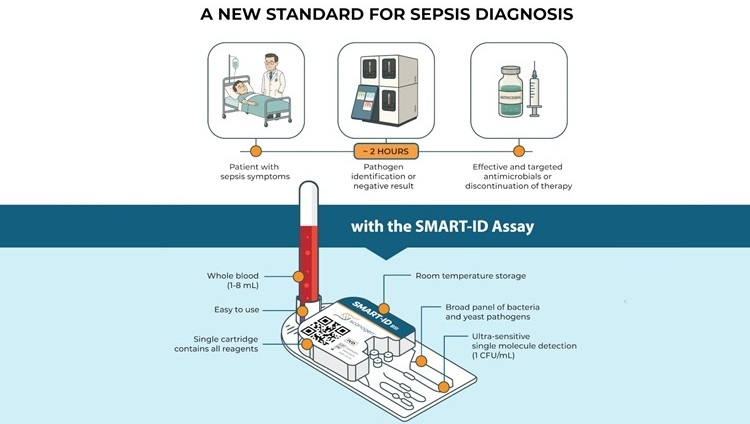Novel 3-Gene Transcriptional Signature Stratified for Tuberculosis Contacts
By LabMedica International staff writers
Posted on 04 Mar 2020
The causative agent of tuberculosis, Mycobacterium tuberculosis (Mtb) is an obligate pathogen. The highest risk of tuberculosis arises in the first few months after exposure. Early treatment also offers the opportunity to adopt shorter and simpler treatment regimens, limit pathology, and reduce tuberculosis-associated morbidity.Posted on 04 Mar 2020
Detection of immune memory for Mtb using interferon gamma release assays (IGRAs) or the tuberculin skin test (TST) is widely used to identify infected individuals, but these tests have poor sensitivity. Blood transcriptional biomarkers of tuberculosis may predate clinical diagnosis, suggesting they offer improved sensitivity to detect subclinical incipient disease.

Image: The Nextseq 500/550 High Output 75 cycle kit deliver powerful sequencing chemistries with as little as 10 minutes of hands-on time (Photo courtesy of Illumina).
A team of scientists from the University College London (London, UK) combined analysis of previously published blood transcriptomic data with new data from a prospective human immunodeficiency virus (HIV)–negative UK cohort of 333 tuberculosis contacts. They used stability selection as an alternative computational approach to identify an optimal signature for short-term risk of active tuberculosis and evaluated its predictive value in independent cohorts. At enrollment, IGRAs were done using the QuantiFERON-TB Plus assay (Qiagen, Hilden, Germany), and peripheral blood RNA was collected into Tempus tubes for transcriptional profiling by RNA sequencing. Sequencing was performed on the Illumina Nextseq using the Nextseq 500/550 High Output 75 cycle kit (Illumina, San Diego, CA, USA).
In a previously published HIV-negative South African case-control study of patients with asymptomatic M. tuberculosis infection, a novel 3-gene transcriptional signature comprising BATF2, GBP5, and SCARF1 achieved a positive predictive value (PPV) of 23% for progression to active tuberculosis within 90 days. The team tested the ability of BATF2 on its own to identify incipient tuberculosis disease in the cohort. In a new UK cohort of 333 HIV-negative tuberculosis contacts with a median follow-up of 346 days, this signature achieved a PPV of 50% and negative predictive value of 99.3%. By comparison, peripheral blood interferon gamma release assays in the same cohort achieved a PPV of 5.6%.
The authors concluded that this blood transcriptional signature provides unprecedented opportunities to target therapy among tuberculosis contacts with greatest risk of incident disease. The study was published on March 1, 2020 in the journal Clinical Infectious Diseases.
Related Links:
University College London
Qiagen
Illumina














